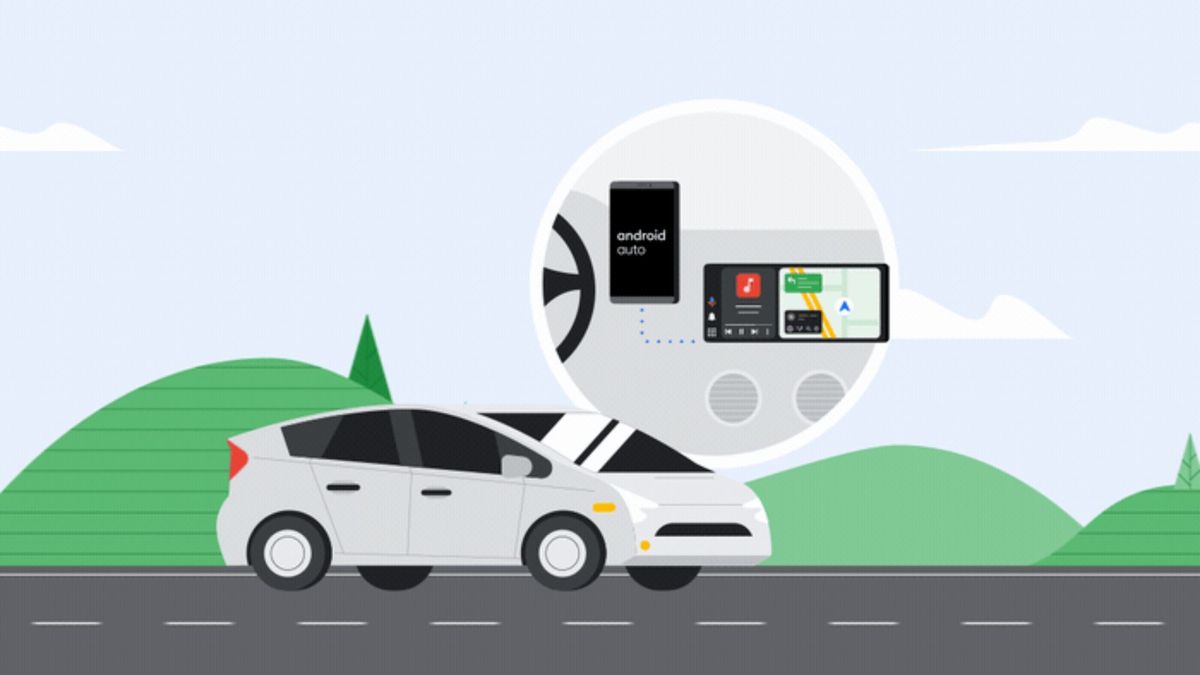- Huawei goes to influencers to boost the global growth of 10gbe and FTTR
- China leads the adoption of FTTR, while the global expansion is still far behind
- Huawei wants industry cooperation to unlock the HD video and 5G potential
Huawei has outlined a bold plan to boost the growth of telecommunications in China by attacking a new generation of hungry users, with live broadcasts and economy workers in the center.
Speaking at the MWC Shanghai 2025, the rotating president, Eric Xu, asked carriers to rethink their strategies, pointing to the 130 million influential people expected professionals by 2030.
These users, he said, already generate much higher average income per user due to their great dependence on video and voice services, traffic patterns that will soon demand a generalized implementation of the access networks of 10 Gigabit Ethernet (10GBE) and return networks.
Fttr everywhere
Delivery drivers are another group that Huawei is observing closely, since its use of voice and consumption of video already exceed national averages, and Xu said they represent “a new and rapid growth segment of high -value users.”
Huawei's vision includes four main initiatives: meet the emerging demands of users, boost HD videos, allow 5G in connected vehicles and deploy fiber to the room (FTTR) to micro and small businesses to make the most of opportunities in AI.
FTTR brings high-speed fiber connections directly to each room in a house or business, providing more stable Wi-Fi with low latency, ideal for live broadcast, cloud-based work and other intensive bandwidth applications.
China already has around 75 million FTTR users, greatly exceeding the rest of the world, which has less than 500,000.
The HD video is an area that Huawei feels that it remains underutilized, despite the strong demand of consumers. Xu said that only 22% of mobile videos trafficking in the main Chinese cities is in total or higher HD, partly due to power limitations in devices and accelerations by OTT services.
The company is also asking for cooperation in the value chain, from network operators to content platforms and device manufacturers.
In 5G for cars, Xu acknowledged that costs remain a barrier. “Automobile manufacturers are not willing to connect cars with 5G,” said high licenses and hardware costs. He urged GSMA to help reduce these loads.
Through The registration









